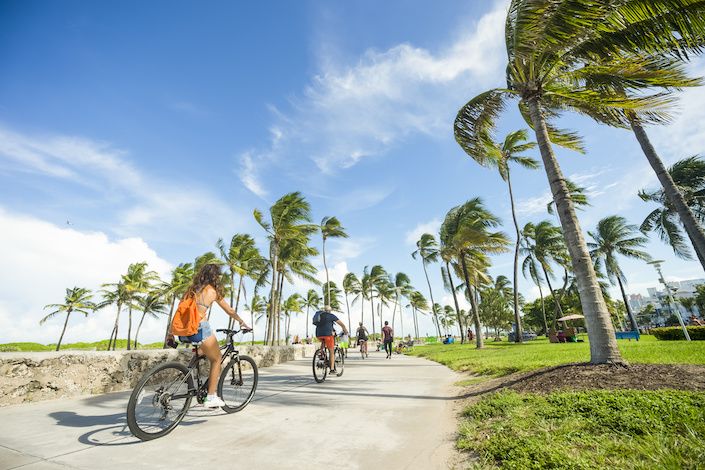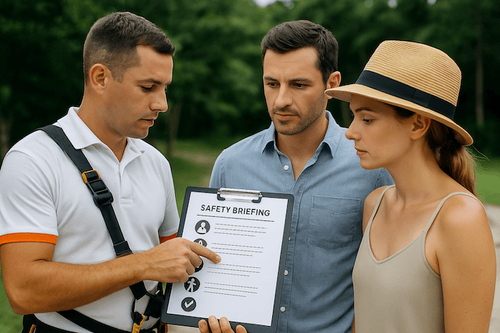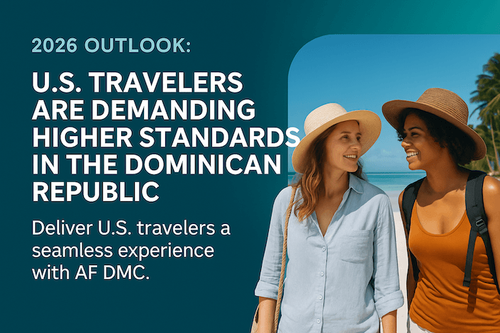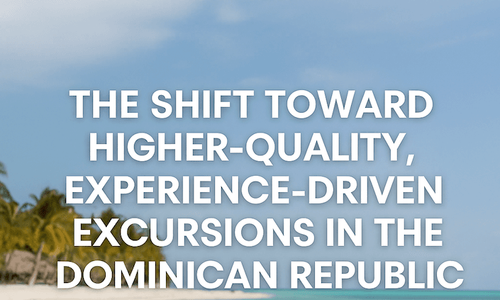Where travel agents earn, learn and save!
News / Florida getting nearly as many tourists as it did pre-pandemic, report finds as Covid surges
The report found an estimated 31.7 million visitors went to Florida between April 1 and June 30

As Florida now faces one of the largest Covid-19 surges in the world, a new report from the state’s tourism board finds its tourism industry has largely rebounded, with nearly as many visitors—and even more Americans—traveling to the state between April and June as in 2019.
Key Facts
- The report from Visit Florida, which looked at tourism during the second quarter of 2021, found an estimated 31.7 million visitors went to Florida between April 1 and June 30
- That’s only 2.2% below how many people visited during that period in 2019 and 223.4% higher than in 2020, as well as 16.3% higher than the number of visitors in the first quarter of 2021
- Even more Americans visited Florida this spring than did in 2019—the state received 30.6 million domestic visitors, a 6% increase over 2019—but only 1.1 million overseas visitors traveled to Florida, which is down 57.9% from 2019
- The number of visitors arriving by plane versus car was “comparable” to 2019, Visit Florida noted, with 35.9% arriving by air and 64.1% arriving by non-plane transportation
- The state’s busiest airport was Orlando International Airport with 5.4 million passengers traveling through (a 677.9% increase over 2020), followed by Miami with 4.9 million passengers (832.7% over 2020), and seven airports had even higher traffic than in 2019, particularly Sarasota and Key West
- Hotel occupancy in the second quarter was at 71.1%, up from just 33.3% in 2020, with hotels getting increasingly busy over the course of the quarter
Crucial Quote
The state’s second-quarter traveler numbers represent an “incredible achievement for our state’s economic recovery,” Visit Florida President and CEO Dana Young said in a statement.
Big Number
21,706. That’s Florida’s average number of daily Covid-19 cases as of Sunday, according to public health data compiled by the New York Times. The state has experienced a dramatic Covid surge over the summer linked to the highly transmissible delta variant—with its outbreak now ranking among the worst in the world—after cases first started spiking and quickly rising just after the second quarter ended in early July.
Key Background
Florida’s second quarter numbers reflect a broader rise in U.S. travel in the spring and early summer, as more Americans got vaccinated and restrictions were lifted before the delta variant took hold. The Transportation Security Administration reported record levels of travelers over major periods like Memorial Day and July 4, and hotel occupancy rates hit their highest rates in June since 2019, according to global hospitality benchmarking firm STR. While travel was up nationwide, Florida has been a particularly popular travel destination throughout the pandemic, with the state’s few Covid-19 restrictions—which were lifted entirely in September 2020—likely buoying its existing popularity as a travel destination. Hotel occupancy data from STR shows Tampa and St. Petersburg, Florida, were the most popular U.S. destinations of any major travel market in 2020, with a 51% occupancy rate. New data from mobility analytics firm Inrix released Monday also found that while amusement park attendance increased nationwide by 166% between May and July, theme parks in Florida appeared to be particularly popular, with travel to Walt Disney World’s Epcot theme park in Florida significantly higher than Disneyland in California.
What We Don't Know
How the delta surge will affect Florida’s tourism numbers. Travel demand appears to now be affected by the new surge, with Southwest Airlines reporting a decrease in booking last week and a new Harris poll finding more than half of Americans would postpone or cancel a trip to an area experiencing a major Covid-19 outbreak. While Florida is likely to be impacted by that broader decline in travel—particularly as the state gains attention for its huge Covid-19 surge—the state could also be helped by its rebounding cruise industry, as cruise ships started sailing from the state’s ports this summer for the first time since the pandemic began.








